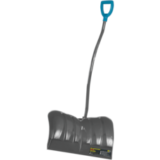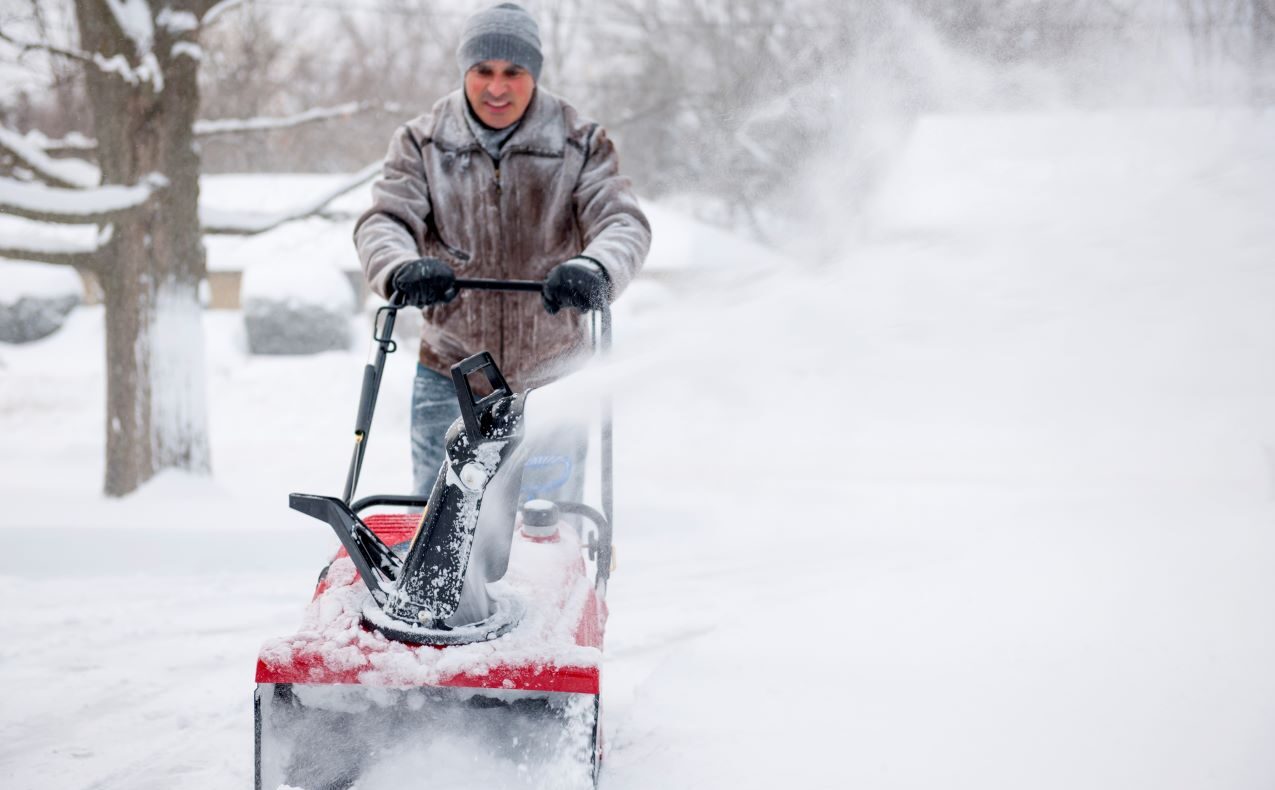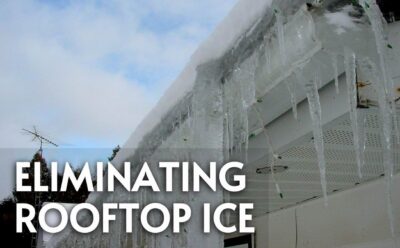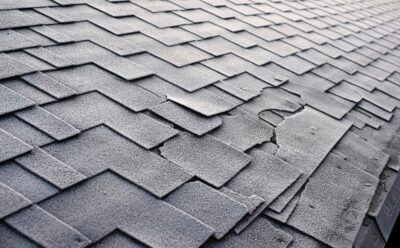 Keeping your home and family safe in winter includes removing snow and ice from the roof, walkways and elsewhere.
Keeping your home and family safe in winter includes removing snow and ice from the roof, walkways and elsewhere.
Here’s what you need to know about doing the job effectively and safely.
The roof
The roof of a newer home built to code should be able to withstand the weight of even heavy snow. That may not be the case with an older home.
To complicate matters, built-up snow around the eaves and in roof valleys, along with inadequate insulation and ventilation in the attic, can lead to an ice dam that may back up under the shingles and cause a leak in your attic when it starts to melt.
Do not attempt to deal with an ice dam yourself. A roof and a ladder in winter are a potentially deadly combination. Call a reputable, insured roofer to deal with the problem.

That said, and depending on the type of home, a homeowner may be able to control the snow buildup with a roof rake. Available at building materials and hardware stores starting at under $60, they have a blade and a lightweight telescopic handle that extends 16 feet or more, making it easy to remove snow from the first three or four feet of a roof.
If a heavy snowfall is forecast, it’s less onerous if you remove the snow a couple of times as it falls rather than allowing it to accumulate and trying to remove it all at once.
Remember, snow can be dangerously heavy. Work with a partner and stand to one side of where you expect the snow to fall from your roof. More tips here.
MORE: Eliminating ice on your roof
Vents and foundation
If a storm is expected, make sure your air intake, furnace exhaust and other vents stay clear of snow and ice. A blockage can lead to a buildup of deadly carbon monoxide in your home. Section 9.32.3.12 of the building code specifies the minimum clearance from grade, but you should still keep an eye on snow and ice accumulation. If your vents don’t meet code, contact a heating contractor.
Along with vents, keep snow away from your foundation. It can melt, seeping into cracks in your foundation, and then either freeze again if the temperature plummets, damaging the concrete, or even make its way into your basement.
Keep snow three to four feet away from your basement walls and remember to check accumulation in window wells. When spring arrives, check the grading of your property (see the final point listed in this article) to ensure melting snow and rain runs away from your house.
Snowy and slippery surfaces
Be careful when shovelling snow: frostbite, hypothermia and cardiac arrest are all possibilities if you overdo it.
Dress in layers so you can remove them if you start heating up and take frequent breaks. The pros recommend tackling the snow a couple of times during a storm so it doesn’t bond to the surface underneath and doesn’t get so deep that it’s hard to move. Also, try to scrape to the hard pavement underneath so the sun, when it eventually returns, can aid in melting what’s left.

Check this recent review of the best snow shovels (they may be available only online). A shovel with an ergonomic shaft is easier on your back because it requires less bending. Silicone or even cooking spray helps sticky snow slide off the blade more easily.
Another shovelling tip: Rather than hoisting the snow directly from the ground all the way up into the air, first lift the shovel shaft onto your thigh and use your leg to help you lift the snow. It’s how farmers once lifted those big, heavy fork loads of hay.
Ice on driveways and walkways is an accident waiting to happen and should be dealt with quickly. Retailers carry a range of solutions, including sand, gravel, salt and calcium chloride.
As to kitty litter and other solutions, including vinegar and cabbage juice (yes, really!), check out this test for effectiveness.
Something to note: A City of Ottawa bylaw requires homeowners and occupiers to clear snow and ice on their property or adjacent to their property. What’s more, under the Ontario Occupiers’ Liability Act, property owners and occupiers can be held financially responsible for slip-and-fall accidents resulting from hazards, such as snow and ice on sidewalks.
Snowblower tip: If your snowblower isn’t operating properly and you can’t find the solution in your owner’s manual, try YouTube. From replacing a worn friction disc to removing broken shear bolts, the site is a goldmine of useful information.
Heavy snowfalls, trees and woody shrubs

The jury is out on whether you should remove heavy snow from shrubs and low-hanging tree branches. Some experts say shaking the branches can cause structural damage, while others say a gentle shaking or even brushing with a broom is fine. The best bet when heavy snow is predicted may be carefully removing it as it accumulates, thereby preventing the excessive buildup that can cause shrubs especially to become misshapen.
Don’t try removing ice because that can break or damage the plant. Instead, wait for the ice to melt. If limbs are broken by the weight of ice or snow, you can clean up the shrub or tree in the spring.
Remember to keep trees and shrubs well pruned and ensure dead or diseased limbs are removed during the summer or fall. That ensures your plant goes into the next winter in good fighting form.
Are you prepared for a winter emergency?
In Ottawa, we’ve had our share of extended power outages and property damage because of ice storms, high winds and heavy snowfalls.
Keep your family and home safe during these and other urgent situations with an emergency kit and plan.





